Author: Paul Amico
Most modern popular hop varieties are known for their strong citrus, tropical fruit, and stone fruit pungency, which make them ideal for characterful IPA and Pale Ale. One new-ish variety that has gained a remarkably massive following despite being quite distinct is Nelson Sauvin, a hop from New Zealand said to impart unique characteristics of Sauvignon Blanc grapes rather than other typical fruits. Developed by New Zealand Hops and released in 2000, Nelson Sauvin is believed by some to be one of the more interestingly pungent varieties, a trait many love, making it difficult to procure.
Alpha: 12 – 13%
Beta: 6 – 8%
Cohumulone: 24% of alpha acids
Total Oil: 1.1 mL/100g
Myrcene: 22.2%
Humulene: 36.4%
Caryophyllene: 10.7%
Farnesene: 0.4%
Linalool: 0.7 – 0.8%
ß-Pinene: not available
Geraniol: not available
Parentage: NZ Smooth Cone and a selected NZ male
I’ve had plenty of commercial beers made with Nelson Sauvin, though I don’t believe any have been hopped solely with this variety. And due to its crazy popularity, I’ve not had the opportunity to brew with it myself until recently, so I figured I’d make a single-hop beer to see what the fuss is all about!
| MAKING THE BEER |
My goal being to keep the hop character front and center, I went with the same simple Pale Ale recipe we use for all Hop Chronicles beers.
Nelson Sauvin Pale Ale
Recipe Details
| Batch Size | Boil Time | IBU | SRM | Est. OG | Est. FG | ABV |
|---|---|---|---|---|---|---|
| 5.5 gal | 60 min | 36.6 IBUs | 5.9 SRM | 1.053 | 1.013 | 5.2 % |
| Actuals | 1.053 | 1.008 | 5.9 % | |||
Fermentables
| Name | Amount | % |
|---|---|---|
| Lamonta (Mecca Grade) | 10 lbs | 83.33 |
| Vanora (Mecca Grade) | 2 lbs | 16.67 |
Hops
| Name | Amount | Time | Use | Form | Alpha % |
|---|---|---|---|---|---|
| Nelson Sauvin | 10 g | 45 min | Boil | Pellet | 10.6 |
| Nelson Sauvin | 12 g | 30 min | Boil | Pellet | 10.6 |
| Nelson Sauvin | 14 g | 15 min | Boil | Pellet | 10.6 |
| Nelson Sauvin | 57 g | 2 min | Boil | Pellet | 10.6 |
| Nelson Sauvin | 114 g | 3 days | Dry Hop | Pellet | 10.6 |
Yeast
| Name | Lab | Attenuation | Temperature |
|---|---|---|---|
| Independence (A15) | Imperial Yeast | 74% | 60°F - 72°F |
Notes
| Water Profile: Ca 92 | Mg 1 | Na 10 | SO4 153 | Cl 50 |
Download
| Download this recipe's BeerXML file |
I started my brew day by collecting the full volume of water, adjusting it to my desired profile, then flipping the switch on my electric controller.
As the water was heating up, I weighed out and milled the grains.
Once the water was at strike temperature, I added the grains and stirred to incorporate before letting it rest at 152°F/67°C.
During the mash rest, I weighed out the kettle hop additions.
Following the 60 minute mash rest, I removed the grains from the sweet wort and cranked the heat up.
The wort was boiled for 60 minutes before being pumped through a plate chiller on its way to a sanitized fermenter.
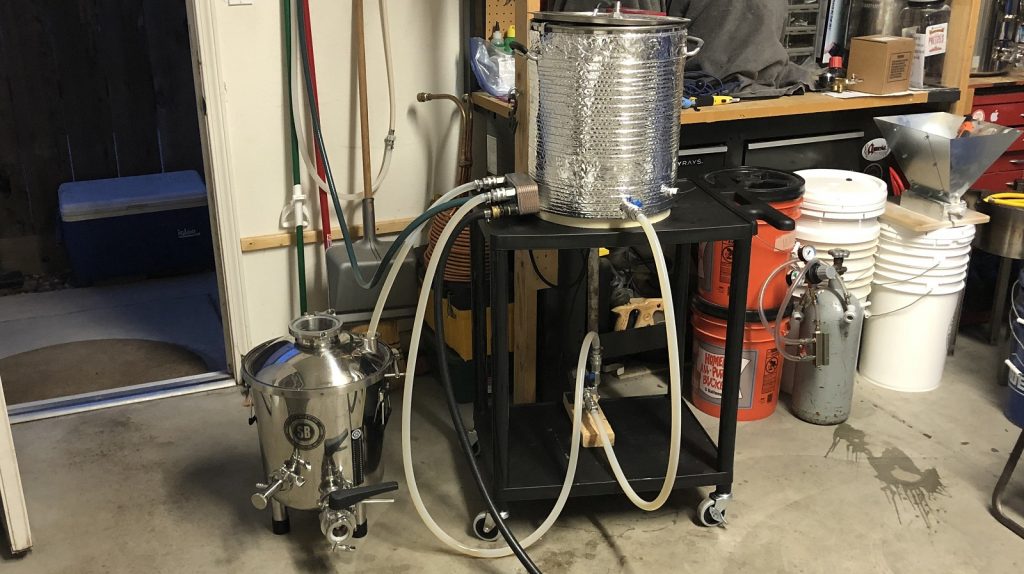
A refractometer reading of the chilled wort showed it was right at my target OG.
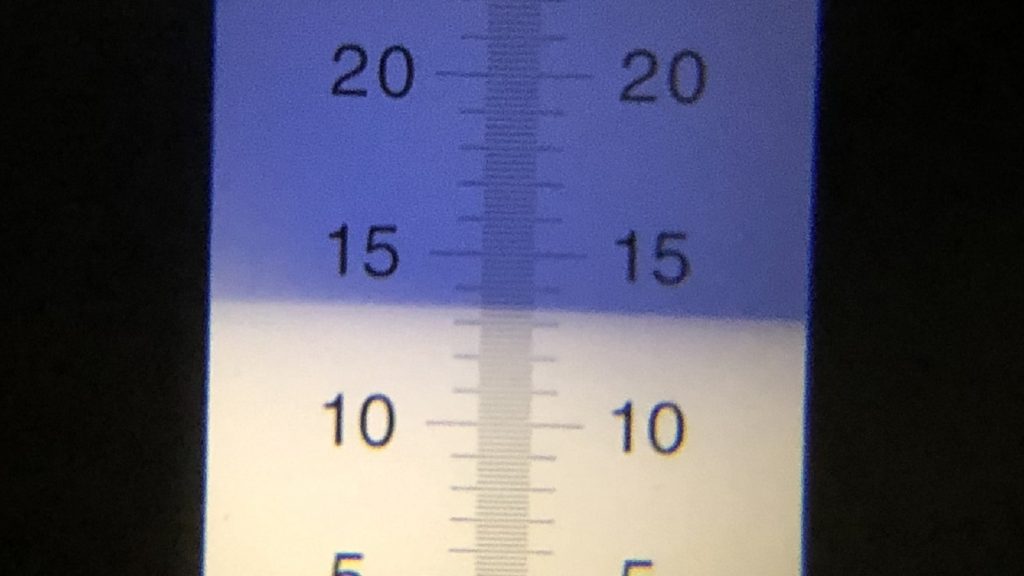
After spending a night in my temperature controlled chamber, I pitched a pouch of Imperial Yeast A15 Independence.
The beer was fermeted at 66°F/19°C for a week before I took a hydrometer measurement confirming FG was reached.
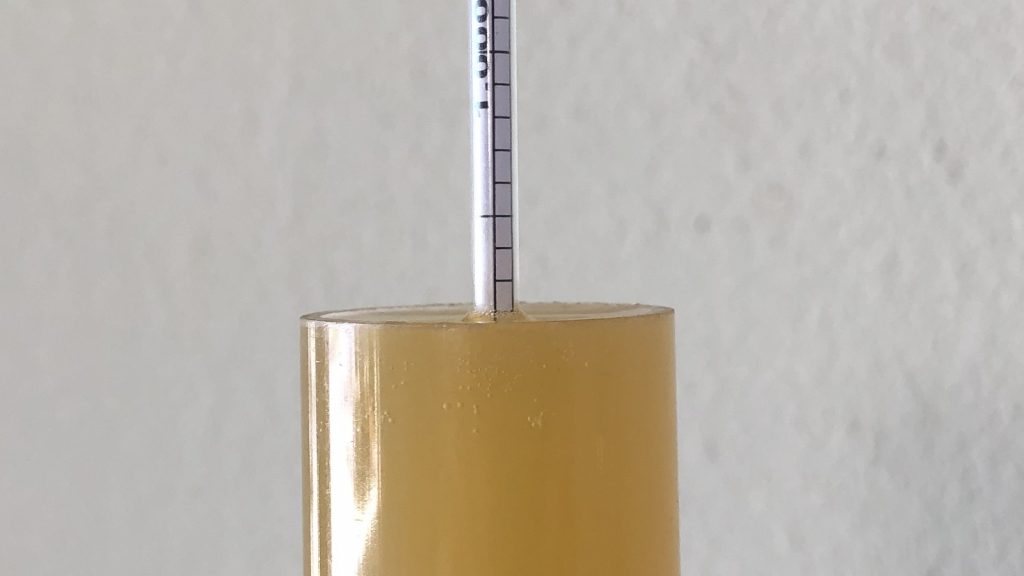
I proceeded with pressure transferring the beer to a CO2 purged keg.
The filled keg was placed in my keezer and burst carbonated overnight then left to condition for a week at serving pressure before I began serving it to blind tasters.
| METHOD |
Participants were instructed to focus only on the aromatic qualities of the beer before evaluating the flavor. For each aroma and flavor descriptor, tasters were asked to write-in the perceived strength of that particular characteristic on a 0-9 scale where a rating of 0 meant they did not perceive the character at all and a 9 rating meant the character was extremely strong. Once the data was collected, the average rating of each aroma and flavor descriptor was compiled and analyzed.
| RESULTS |
A total of 36 people participated in the evaluation of this beer, all blind to the hop variety used until after they completed the survey. The average aroma and flavor ratings for each descriptor were plotted on a radar graph.
Average Ratings of Aroma and Flavor Perceptions
The 3 characteristics endorsed as being most prominent by participants:
| Aroma | Flavor |
| Citrus | Tropical Fruit |
| Tropical Fruit | Stone Fruit |
| Stone Fruit | Citrus |
The 3 characteristics endorsed as being least prominent by participants:
| Aroma | Flavor |
| Onion/Garlic | Onion/Garlic |
| Dank/Catty | Berry |
| Earthy/Woody | Spicy/Herbal |
When asked to rate the pungency/strength of the hop, most tasters perceived it as being mildly to moderately pungent.
Tasters were then instructed to identify beer styles they thought the hop would work well in.
Finally, participants were asked to rate how much they enjoyed the hop character on a 1 to 10 scale.
My Impressions: To my senses, this Nelson Sauvin Pale Ale had aromas of tropical fruit with subtle stone fruit undertones, and while these carried through in the flavor, it didn’t seem quite as strong to my palate. There’s no question this variety is ideal for hoppy IPA and Pale Ale, though I could see it working well in Cream Ale, Kölsch, Saison, or even a dry hopped cider.
| CONCLUSION |
A lot of new hop varieties have hit the scene over the last couple decades, some quickly fading away into the background while others continue to receive heaps of praise. Nelson Sauvin is solidly in the camp of the latter as evidenced by how difficult it can be to get a hold of. Brewers just can’t seem to get enough of the unique fruity characteristics this relatively novel New Zealand variety is known to impart.
Existing descriptions of Nelson Sauvin tend to include some characteristics that can be difficult to capture using standard hop evaluation surveys, for example, white wine and gooseberry. While tasters rated citrus, tropical fruit, and stone fruit as being the most prominent characteristics, many commented on the uniqueness of the beer following completion of the survey. To me, this along with the fairly high preference rating really speaks to what makes Nelson Sauvin so special.
Predictably, a plurality of participants identified IPA and Pale Ale as being a style Nelson Sauvin would work well with, though coming in second place was pale lager, which I couldn’t agree more with. Like I imagine is the case for many, I’ll be keeping my eyes peeled for fresh Nelson Sauvin in hopes of snagging some before they’re all gone, and I look forward to seeing what I can do with it in other styles as well as in conjunction with other hops.
Nelson Sauvin hops can be purchased at Yakima Valley Hops… when available! If you have any thoughts on this variety, please feel free to share them in the comments section below.
Support Brülosophy In Style!
All designs are available in various colors and sizes on Amazon!
Follow Brülosophy on:
FACEBOOK | TWITTER | INSTAGRAM
If you enjoy this stuff and feel compelled to support Brulosophy.com, please check out the Support page for details on how you can very easily do so. Thanks!



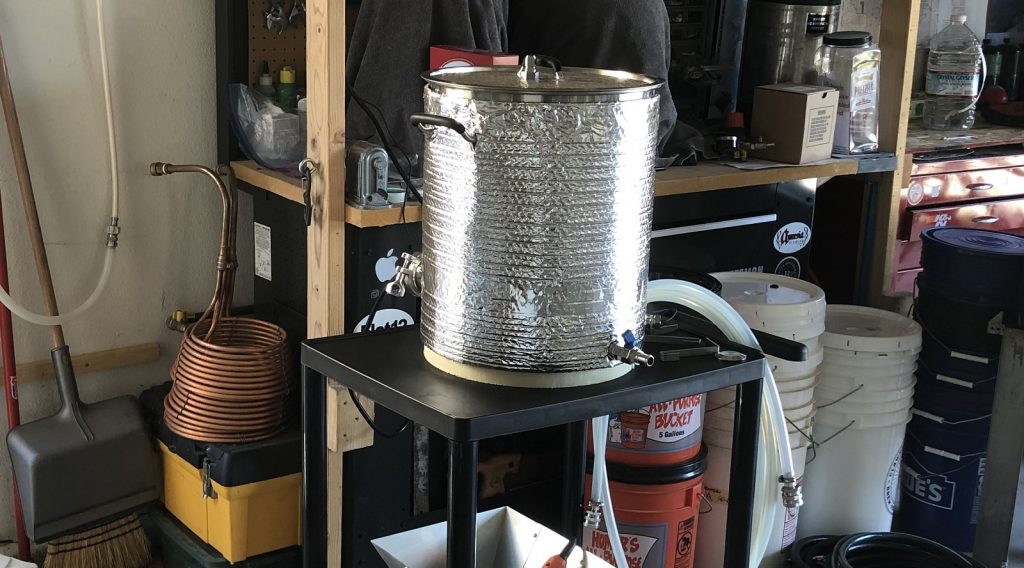
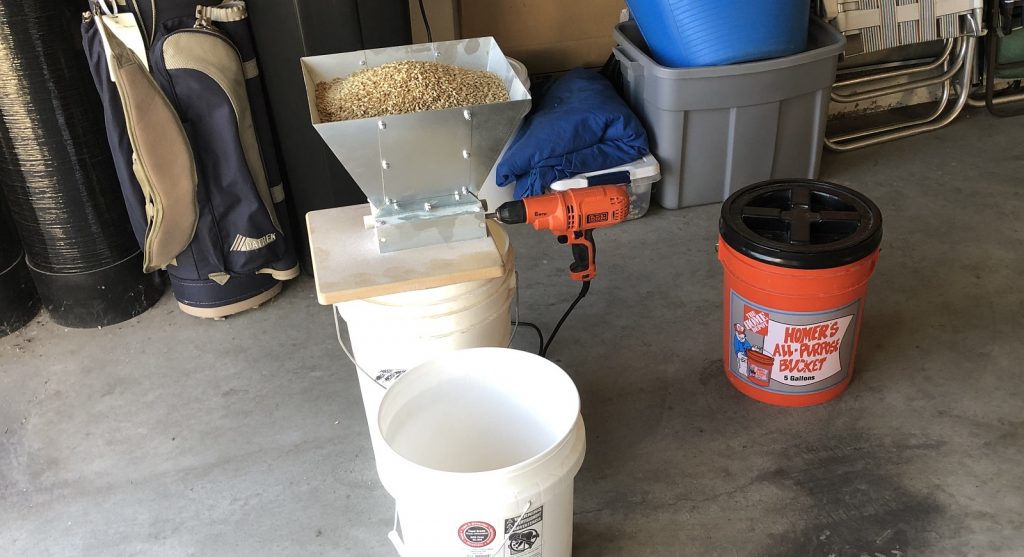
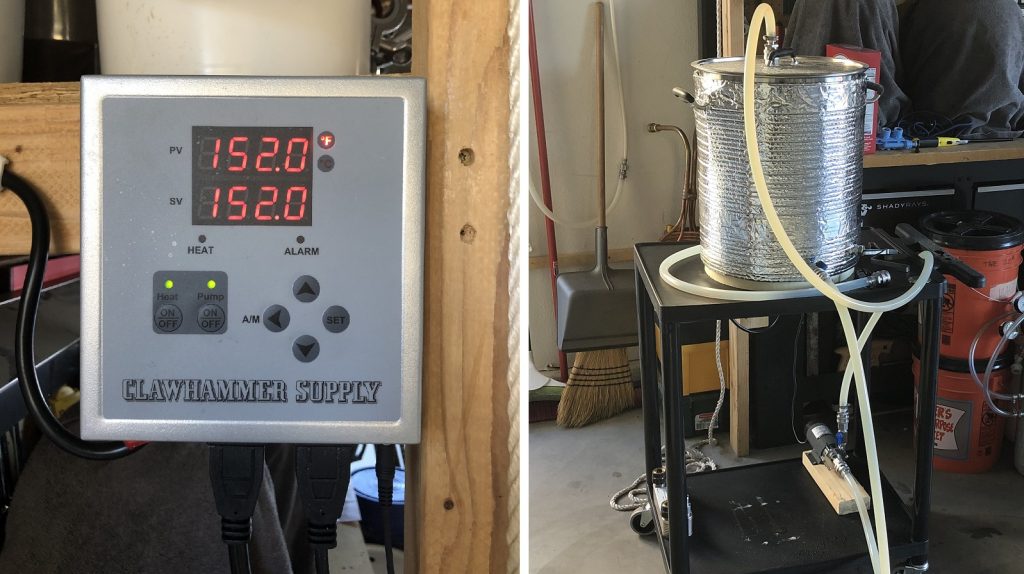

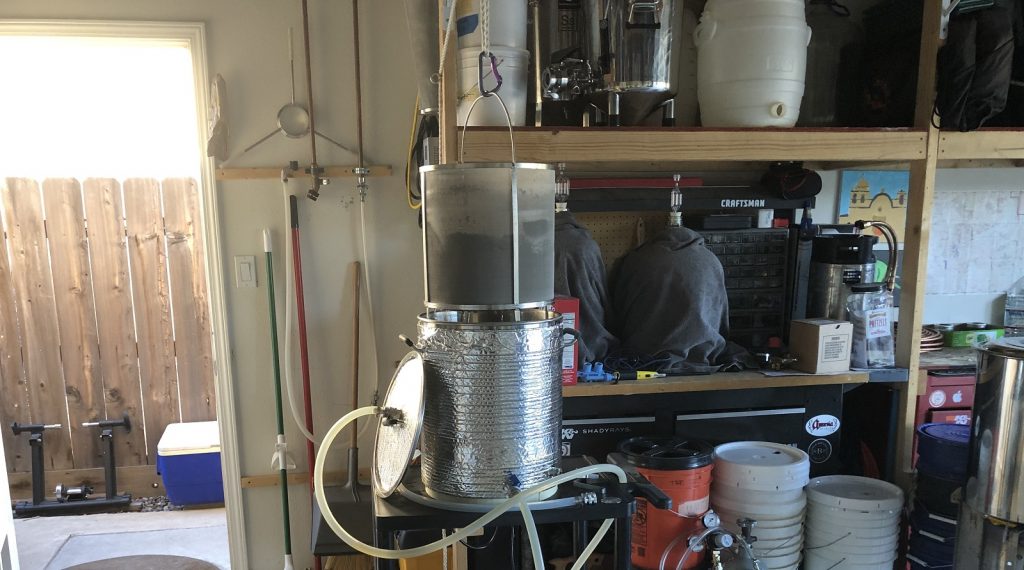
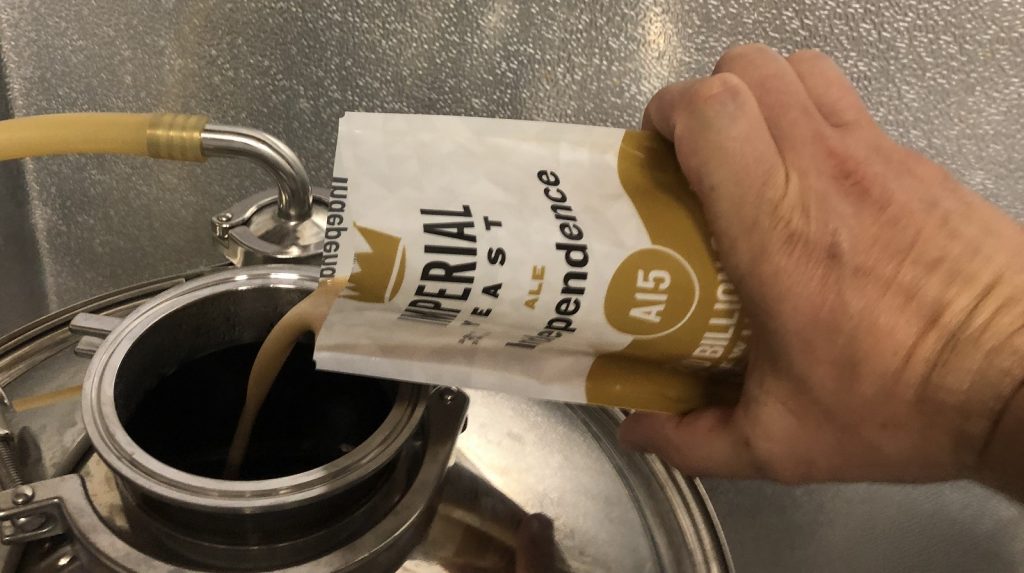
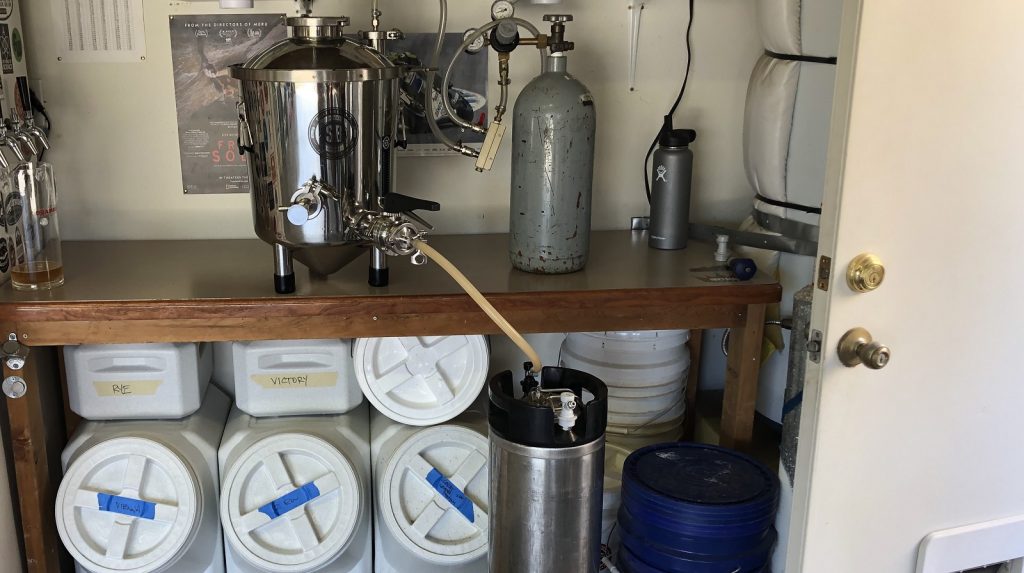
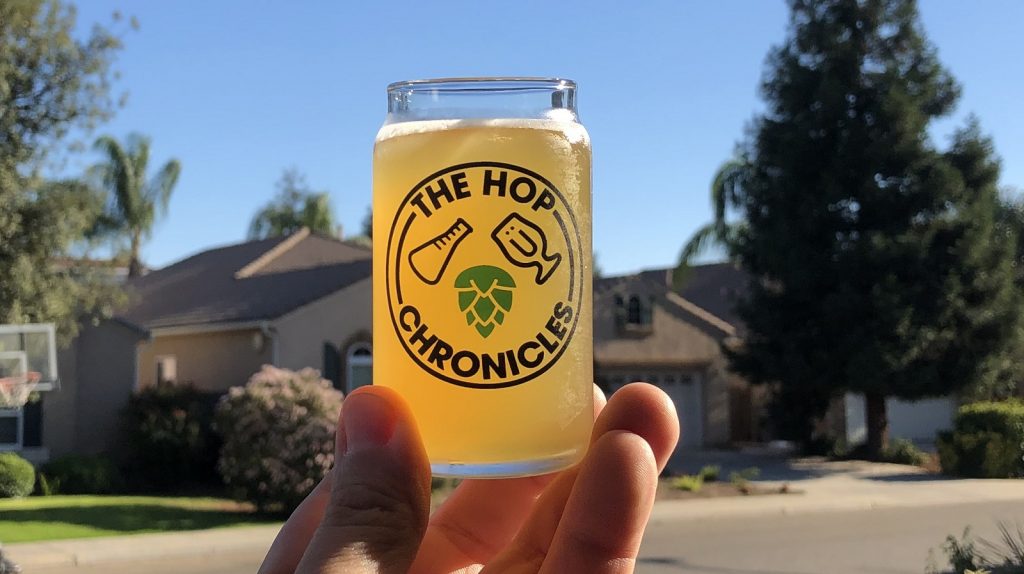
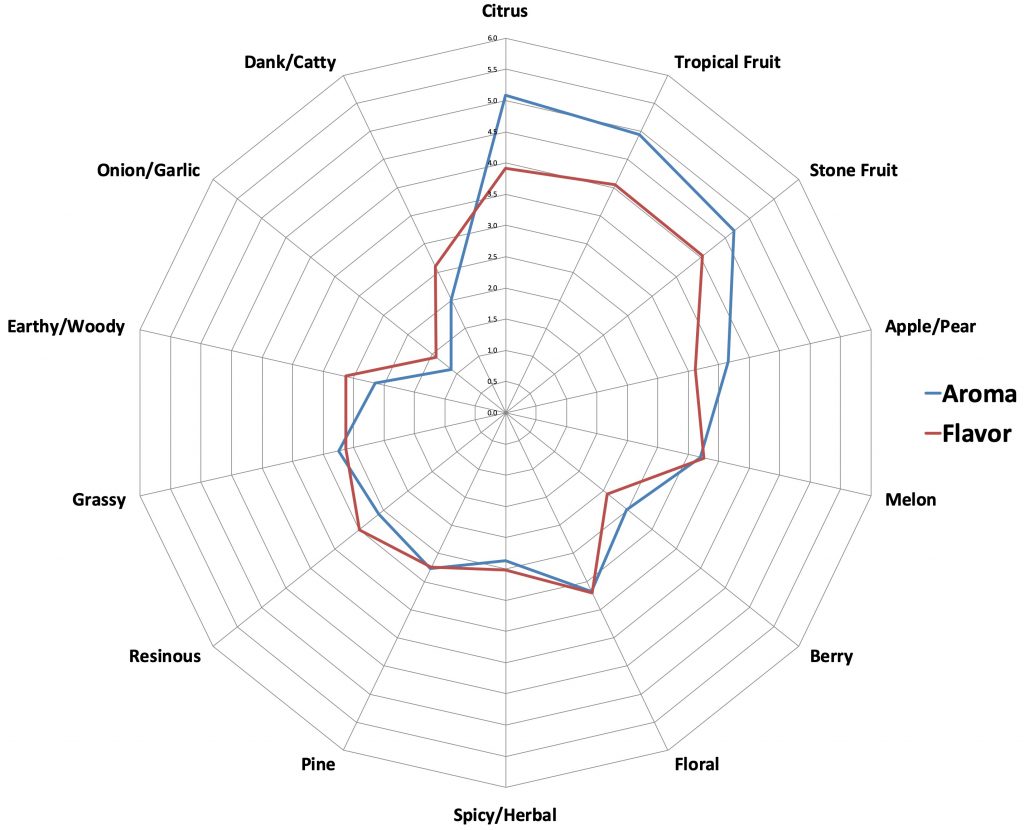
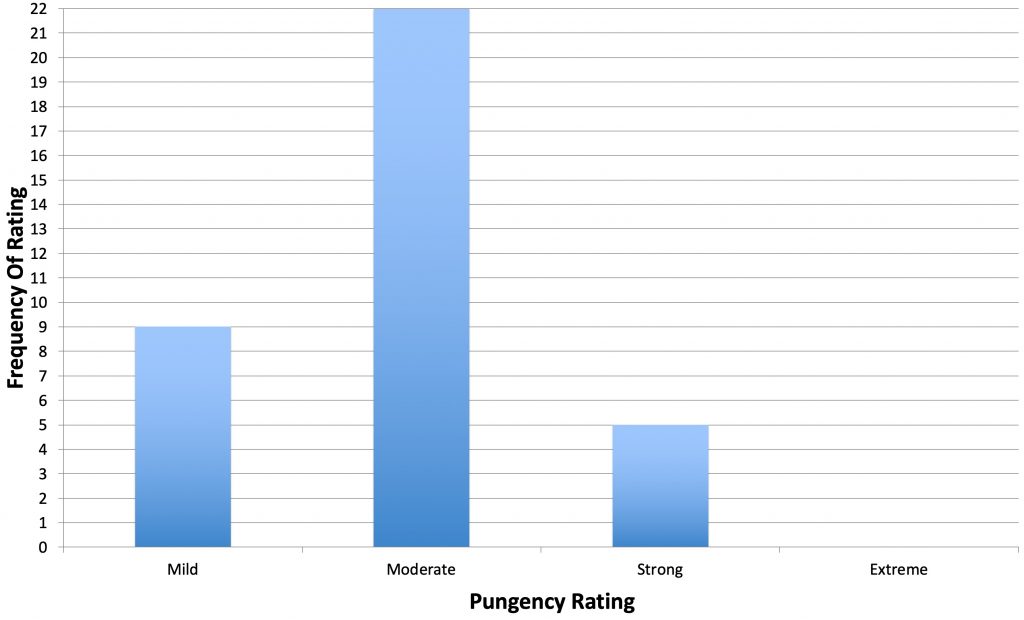
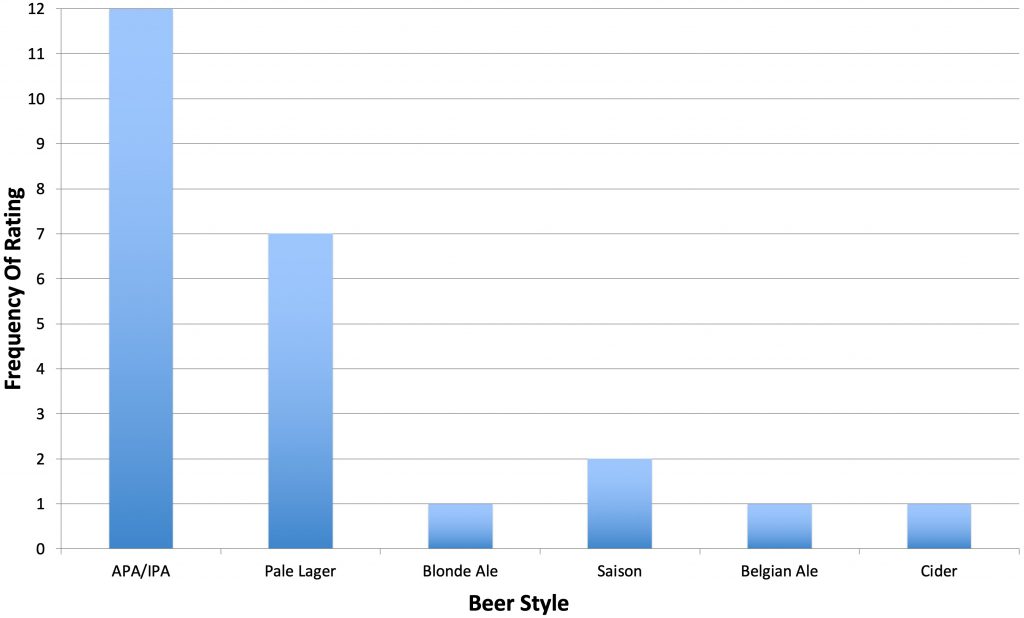
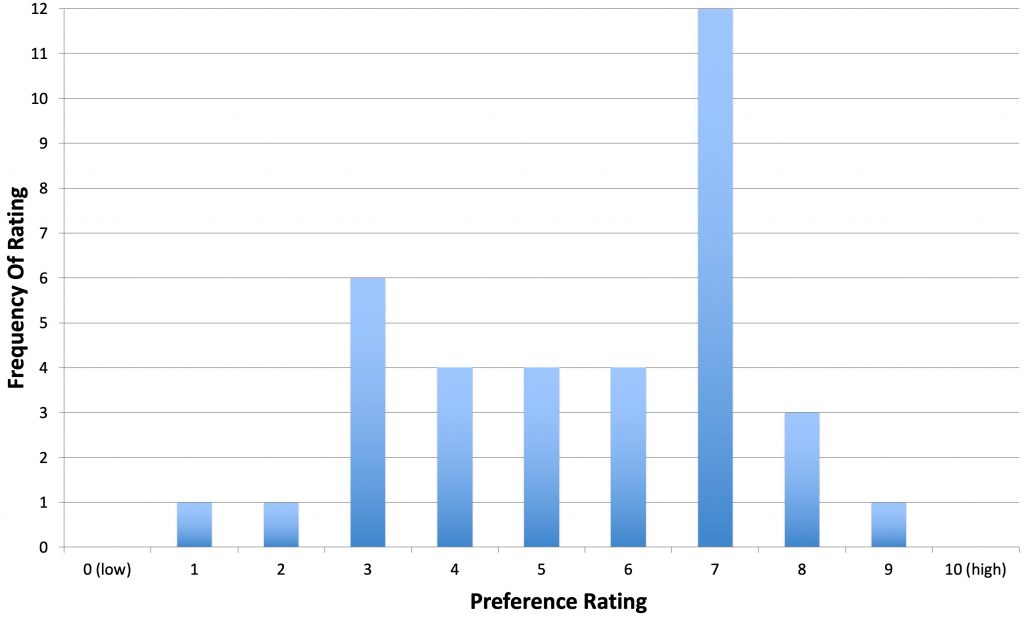











12 thoughts on “The Hop Chronicles | Nelson Sauvin (2018) Pale Ale”
Why only dry hop for 3 days? I tend to let mine go for 5 or 6 days in hopes of more extraction.
This is an old post that I happened upon, so forgive the super late reply.
The bulk of oil extraction from dry hops is accomplished within the first day (as quickly as six hours). Beyond that point the returns are exponentially diminishing and likely not worth the extra time.
Love the Hop chronicles and Nelson Sauvin! Any reason you guys used 2018 crop? I assume the 2019 harvest would have just been released (I’m pretty happy living in Aus to get fresh galaxy!)
some people seem to love it and a lot of people really don’t like it much. it’s interesting for sure!
Interesting. I used it once, in a neutral blond as 1oz dryhop, and all I got was “white wine and gooseberry punching you in the face”. Maybe will have to try it at other stages in an IPA.
Totally agree, this hop always gives me white wine notes. Not my favorite. Interesting that tasters got a lot of tropical fruit and citrus.
I have used it a few times as a kettle and aroma additions dur did not ger white wine, only grapefruity citrus…would you say that kettle/boil additions give you citrus and dry hop more of those wine notes?
I brewed a “Wheat IPA” with this hop and Hallertua Blanc. Turned out to be a decent beer. The Nelson definitely over powered the Hallertau.
Often used in NZ Pils style in New Zealand. Along with Motueka and maybe a little Riwaka.
Did you do the dry hop during primary or after primary? Just curious.
My experience with the hop is that it has amazing longevity. I’ve used it in a saison (inspired by Funkwerk’s all NS saison) and the hop flavor hardly faded over a year or so. Probably why it is so popular with well distributed IPAs, which may sit on shelves for longer (such as Punk IPA).
I do a Bohemian Pilsner With a charge of Columbus at 30M and 2oz of Nelson at 5M, no dry-hop. While I know the combo sounds a little strange, they work together amazingly and the Nelson really steals the show.